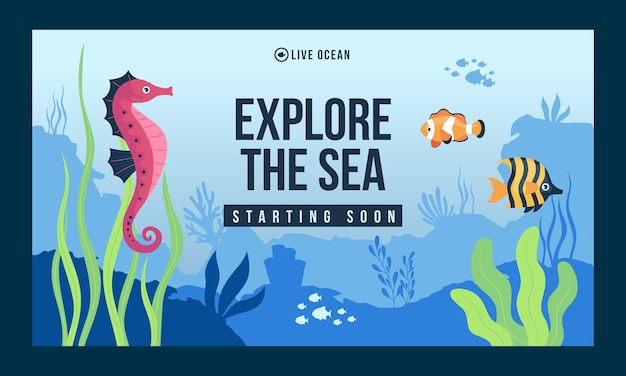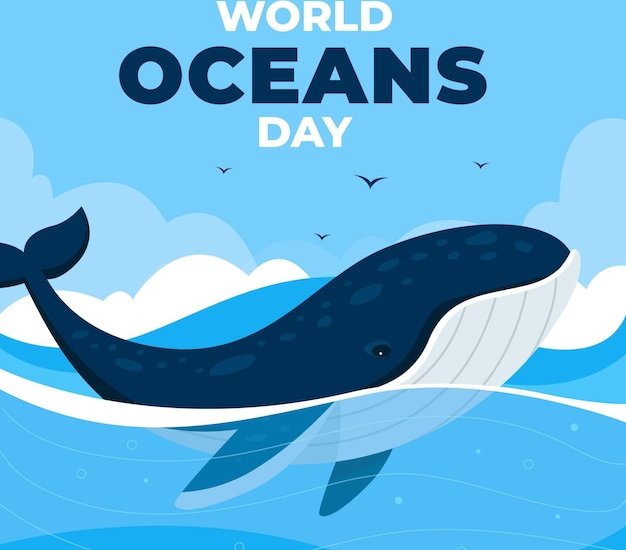Fascinating Marine Biome Facts

The marine biome covers approximately 71% of the Earth’s surface.
The Great Barrier Reef is the largest living structure in the marine biome.
The marine biome is home to more than 230,000 known species.
The average temperature of the ocean in the marine biome is around 39°F (4°C).
The marine biome contains the deepest point on Earth, the Mariana Trench.
Marine biomes are essential for balancing global temperatures and weather patterns.
The currents in the marine biome play a crucial role in distributing heat around the planet.
The marine biome is an important source of food for many coastal communities.
The marine biome regulates the Earth’s carbon cycle, helping to offset climate change.
Many species in the marine biome have bioluminescent abilities, creating beautiful light displays.
The marine biome is divided into different zones: the intertidal zone, neritic zone, and the oceanic zone.
Coral reefs, found in the marine biome, are the most diverse and productive marine ecosystems.
The marine biome is home to the largest animal on Earth, the blue whale.
The marine biome is teeming with microscopic organisms, including plankton and bacteria.
Seagrass meadows in the marine biome provide essential habitats and nursery areas for many marine species.
The marine biome plays a critical role in producing oxygen for the planet through the process of photosynthesis.
Fascinating Marine Biome Facts part 2
The marine biome contains various types of marine mammals, such as dolphins, seals, and walruses.
Many commercially important fish species are found in the marine biome, supporting global fisheries and economies.
The marine biome is under threat from pollution, overfishing, and climate change.
Mangrove forests in the marine biome act as natural barriers, protecting coastal areas from storms and erosion.
The marine biome is constantly changing due to tides, currents, and storms.
The marine biome has a unique and diverse ecosystem that cannot be replicated on land.
Many medicinal compounds and potential cures for diseases have been discovered in marine organisms from the marine biome.
The marine biome is home to stunningly beautiful creatures, such as seahorses, sea turtles, and colorful fish.
The marine biome provides recreational opportunities for activities such as snorkeling, diving, and fishing.
The Great Barrier Reef in the marine biome is the world’s largest living structure visible from space.
The marine biome is filled with magnificent coral formations that have taken thousands of years to grow.
The marine biome is inhabited by ancient and mysterious creatures, such as the coelacanth and horseshoe crab.
The marine biome is a vast treasure trove of undiscovered species and ecosystems waiting to be explored.
The marine biome is home to fascinating migratory species that travel thousands of kilometers each year, such as sea turtles and whales.
The marine biome provides essential ecosystem services, such as pollution filtration and shoreline stabilization.
The incredible biodiversity of the marine biome is crucial for maintaining ecological balance and resilience.
The marine biome is a source of inspiration for artists, writers, and filmmakers who depict its beauty and mystery.
The marine biome is an important research area for studying climate change, ocean acidification, and biodiversity loss.
The marine biome holds the key to understanding early life on Earth, as many evolutionary transitions occurred in aquatic environments.
The marine biome is an underwater paradise filled with vibrant colors, unique creatures, and breathtaking landscapes.
The marine biome is a fragile ecosystem that requires our protection and conservation efforts.
The marine biome offers employment opportunities and economic benefits through industries such as tourism, fishing, and aquaculture.
The marine biome is a source of endless fascination and curiosity for scientists and explorers.
The marine biome has awe-inspiring natural phenomena, such as bioluminescent bays and migrating whale superhighways.
The marine biome is a classroom without walls, providing endless opportunities for learning and discovery.
The marine biome is a source of resilience and resilience for communities in the face of climate change and natural disasters.
The marine biome is a place where humans can find solace, relaxation, and a sense of connection to nature.
The marine biome is a testament to the wonders and mysteries of our planet, reminding us of its vastness and complexity.
The marine biome is a reminder of the interconnectedness of all life on Earth and our responsibility to protect and preserve it for future generations.

